
|
Vol 77 |
Page 14 |
Privacy Policy | Editorial Policy | Profit Policy | Join the Association | List of Members | Contact us | Index | Links
Back Go to page: 1 2 3 4 5 6 7 8 9 10 11 12 13 14 15 16 17 18 19 20 Forward
35 Squadron turns 80!
35 Squadron was formed as a transport unit at RAAF Base Pearce on the 11th March 1942, under the command of Flight Lieutenant Percival Burdeu. Initially equipped with one de Havilland Dragon and one de Havilland Fox Moth, the Sqn moved to Maylands airport and was restricted to flying courier and supply operations only within Western Australia. Maylands airport was Perth’s first official airport and was used extensively during WW2 but eventually it was found to be too small and was closed in June 1963
Later in 1942 the Sqn received an assorted bunch of aircraft, including de Havilland Moth Minors, Fairey Battles, de Havilland Tiger Moths, an Avro Anson, a de Havilland Dragon Rapide and a Northrop Delta – imagine the maintenance problems servicing that lot. In August 1943, the Sqn was moved back to Pearce, where it was re-equipped with Douglas Dakotas; following this, its operations were extended to cover all of Australia.
During the later years of the war the squadron provided air transport to the Australian military throughout the South West Pacific area, operating out of Guildford, (now Perth’s airport), Brisbane, and Cape York. In the final years of the war, detachments operated out of Darwin, Townsville and later Morotai Island, Indonesia. Following the Japanese surrender in August 1945, 35 Squadron flew Australian soldiers and ex-prisoners of war home. In early 1946, it supported the movement of 81 (Fighter) Wing to Japan as part of the British Commonwealth Occupation Force.
With the war over and the world slowly returning to normal, the squadron was disbanded at Townsville on the 10th June 1946.
In 1963 The RAAF ordered its first Caribou to begin replacing the Dakota aircraft which were being operated by 38 Sqn out of Richmond. In January 1964, 38 Sqn’s CO with other members of the Sqn undertook conversion training on the type in Canada and after completion of this course the personnel flew the RAAF's first three Caribous from Toronto to Richmond. The Vietnam War was hotting up at this time and after continued lobbying from the United States government for a larger contribution to the war, the Australian government decided in May 1964 to send six of its new Caribous to Vietnam. As the Caribou were being flown from Canada to Australia via Butterworth, it was decided to establish the new unit for Vietnam in Butterworth and the RAAF Transport Flight Vietnam (RTFV) was formed on 21 July 1964.
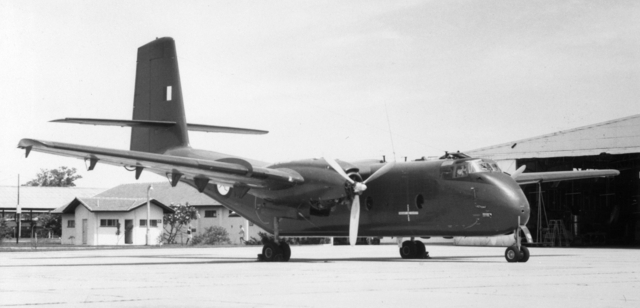
On the 8th August 1964, RTFV's first three Caribous left Butterworth and landed at the United States Army base at Vung Tau, Vietnam, three hours later. Three more aircraft arrived in late August and a seventh in May 1965. The Caribous were integrated into the Southeast Asia Airlift System, operated by the United States Air Force (USAF), and became part of the 315th Troop Carrier Group (Assault), which later became the 315th Air Commando Wing. RTFV flew its first operational mission on 14 August. As the RTFV aircraft used the call-sign "Wallaby", the unit quickly became known as "Wallaby Airlines" and performed to higher standards than American squadrons with similar aircraft.
On the Ist June 1966, RTFV was renamed 35 Squadron and operational control for the squadron passed to the 834th Air Division of the USAF Seventh Air Force.
In June 1971, the squadron's remaining seven aircraft were reduced to half strength, when three Caribous returned to Australia as part of the government's decision to decrease Australia's involvement in the war. Due to servicing requirements, this meant that only two aircraft were operational. In October and November 1971, the squadron Caribous lifted 3rd Battalion, Royal Australian Regiment (3RAR); and 2 Squadron, Special Air Service and some of the last army personnel from the Australian base at Nui Dat to Vung Tau, from where the troops returned to Australia. The squadron's time came a few months later. Flying ceased on 13 February 1972 and all personnel prepared for their return to Australia. The four Caribous took off six days later and arrived in at Richmond Air Force base on 26 February. It was the last RAAF unit to leave Vietnam.
In its seven and a half years in Vietnam, 35 Squadron flew nearly 80,000 sorties (totalling 47, 000 hours of flying time) and carried 677,000 passengers, 36 million kilos of freight, and 5 million kilos of mail.
On its return to Australia, 35 Sqn was stationed at Amberley but in 1976, it was relocated north to Townsville where it operated in support of Army units based in Northern Australia. In early 1977 the squadron's role was expanded when it was equipped with four Iroquois helicopters as well as its Caribous, making it the only RAAF squadron to ever be simultaneously equipped with rotary and fixed-wing aircraft.
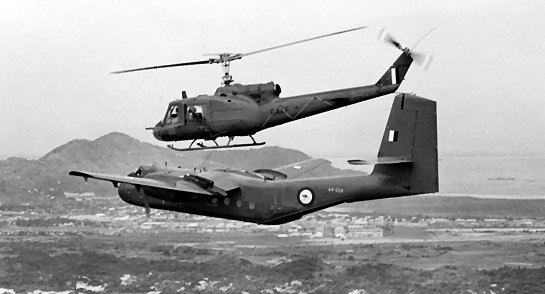
These aircraft were employed in a multitude of roles including support to the local community in the form of flood relief, medevac and search and rescue operations. 35 Sqn’s role was further expanded in November 1986 when it was issued with gunship variants of the Iroquois, which it received when 9 Sqn converted to flying the Sikorsky UH-60 Black Hawk.
In November 1989, 35 Squadron reverted to a purely fixed-wing role when responsibility for flying the helicopters was transferred to the Australian Army. Operating eight Caribous, the squadron continued to provide tactical transport to Army units based in Northern Australia until 2000, when it was reduced to "paper only" status, put to sleep again and its aircraft transferred to 38 Squadron.
On the 14th January 2013, 35 Sqn was re-raised at Richmond under the command of Wing Commander Brad Clarke (right) as an element of No. 84 Wing. A skeleton organisation, the squadron was expected to expand to approximately 250 personnel by 2015, when it was scheduled to begin operating the RAAF's ten Alenia C-27J Spartan transport aircraft. On the 21st January 2014 it was temporarily transferred from 84 Wing to the C-27J Transition Team but returned to No. 84 Wing mid 2016 once 35 Squadron was nearing Initial Operating Capability.
The RAAF's first C-27J arrived in Australia on 25 June 2015, and it began operating the aircraft from Richmond. It held a Colours Parade at Richmond on the 8th August 2015 – see HERE.
The unit reached initial operating capacity in December 2016 and received its tenth and final aircraft on the 2nd April 2018. In November 2018, under the command of WgCdr Ben Poxon, (right) the Sqn ceased flying and began packing its bags for its re-location to Amberley. Much of its equipment was ferried to Amberley in 36 Sqn’s C-17 Globemasters and on the 24th January 2019 five aircraft landed at Amberley with the rest following shortly afterwards. The Sqn was moved north to Amberley to give the ADF more timely access into Southeast Asia for situations like humanitarian assistance and disaster relief.
In July 2021 the role of the squadron was adjusted, with it to focus on humanitarian and disaster relief tasks within Australia and nearby countries. An article in the Australian Defence Magazine noted that it is unclear whether the RAAF still considered the C-27s suitable for combat roles. The article stated that the C-27s' performance had not yet met the final operating capability criteria, with the type requiring remediation work on its missile approach and warning system, and the aircraft had a persistently low availability rate due to sustainment and supply chain problems.
On Friday the 11th March 2022, the Sqn celebrated its 80th birthday and being Friday, true to Air Force traditions, an early stand-down was observed, the barby was fired up and a heap of snags were rolled. In their generosity, the Sqn invited a bunch of old blokes who had worn the 35 Sqn badge many years ago, along with their ladies, to join in the celebration, an invitation we thankfully accepted.
It was also a time for the acting CO SqnLdr Rob Crawford and the Sqn’s WO Evan Cannard to get the troops together and hand out some well earned awards. (Times have changed - the only things that were handed out in our day were P/P 7s)
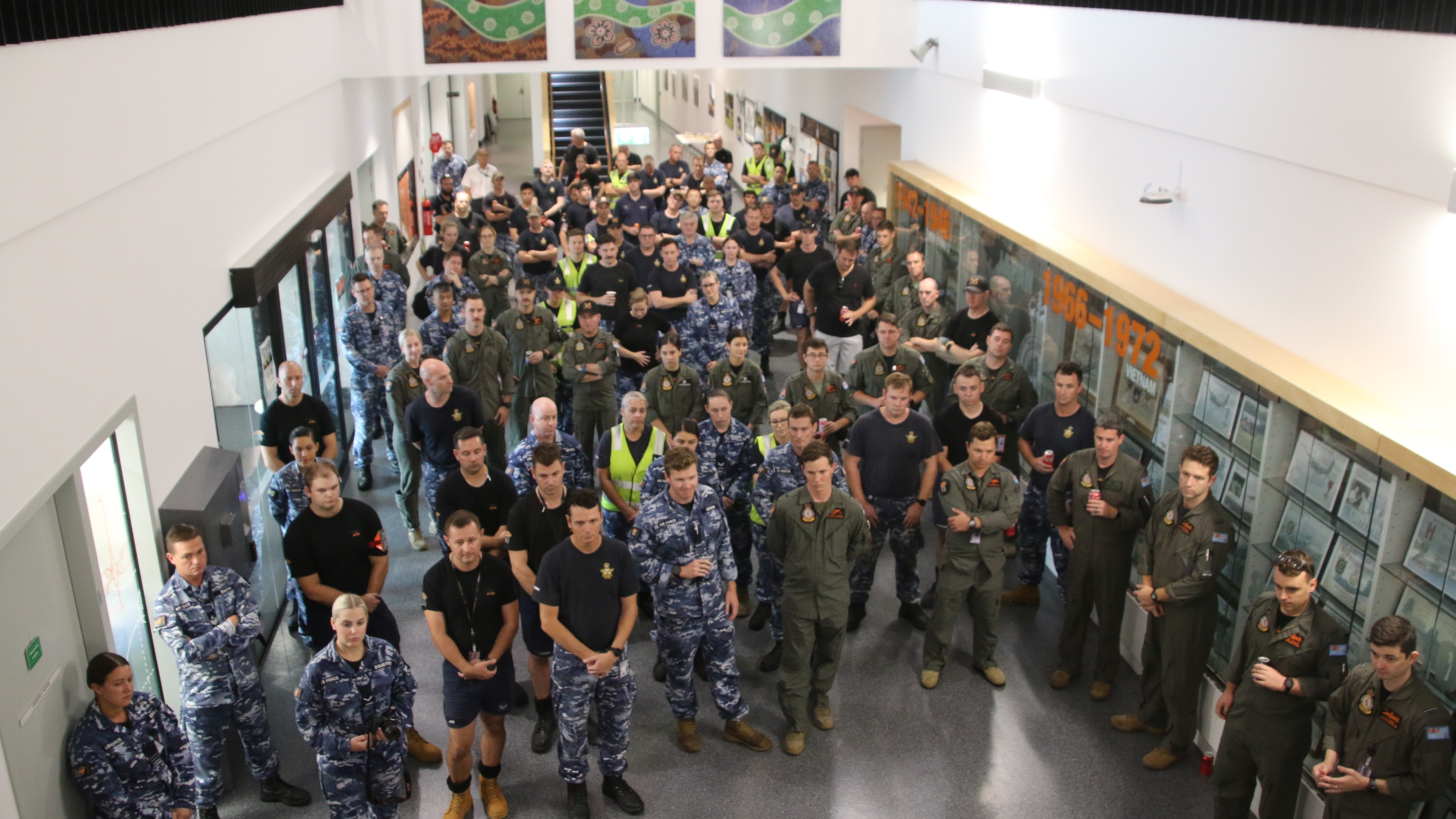
The troops assembled in the long ground floor corridor of the Sqn’s impressive building.
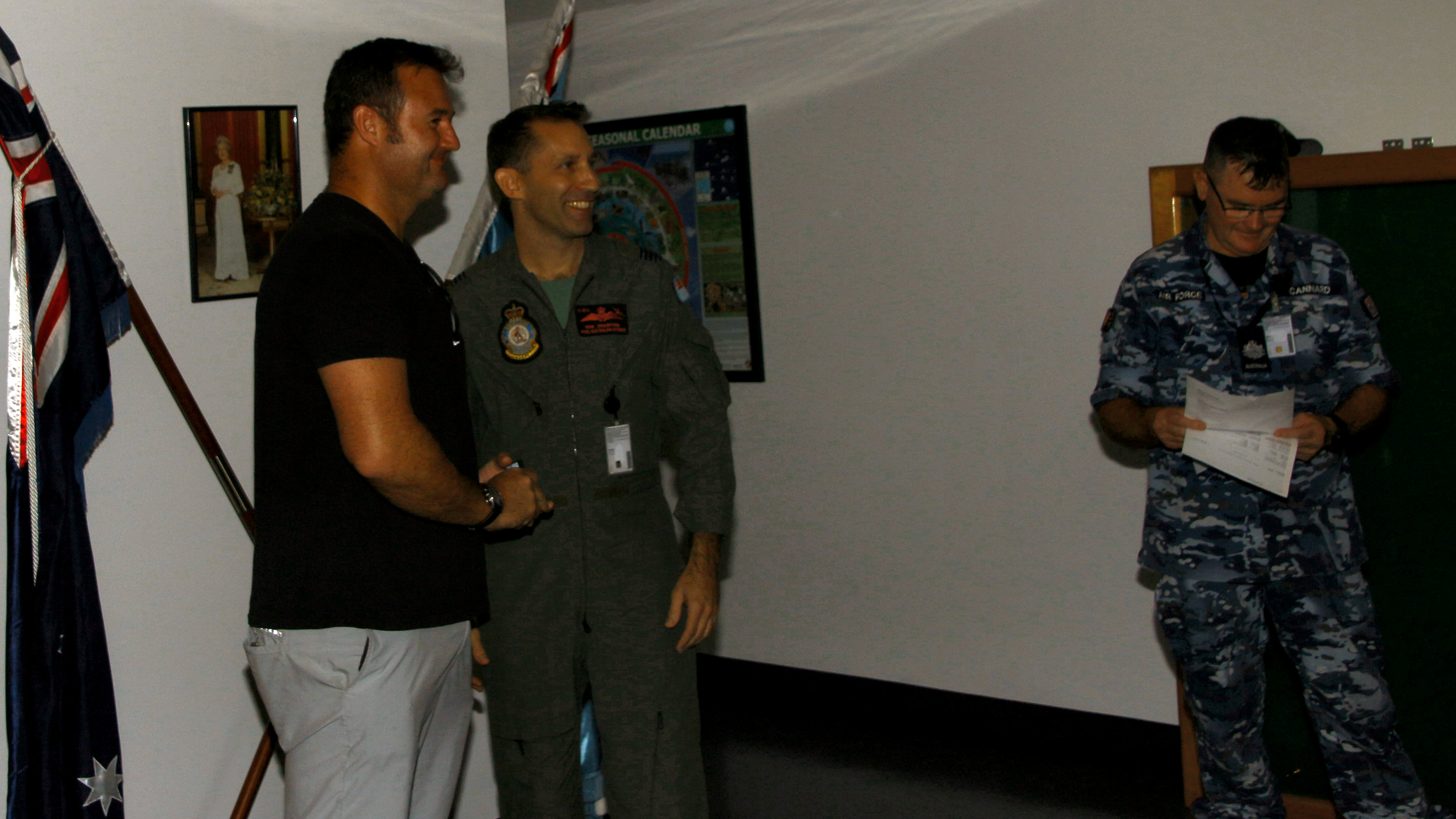
Rob Crawford presenting an award with Evan Cannard outlining the person’s achievements.
Some of the other worthy recipients were:
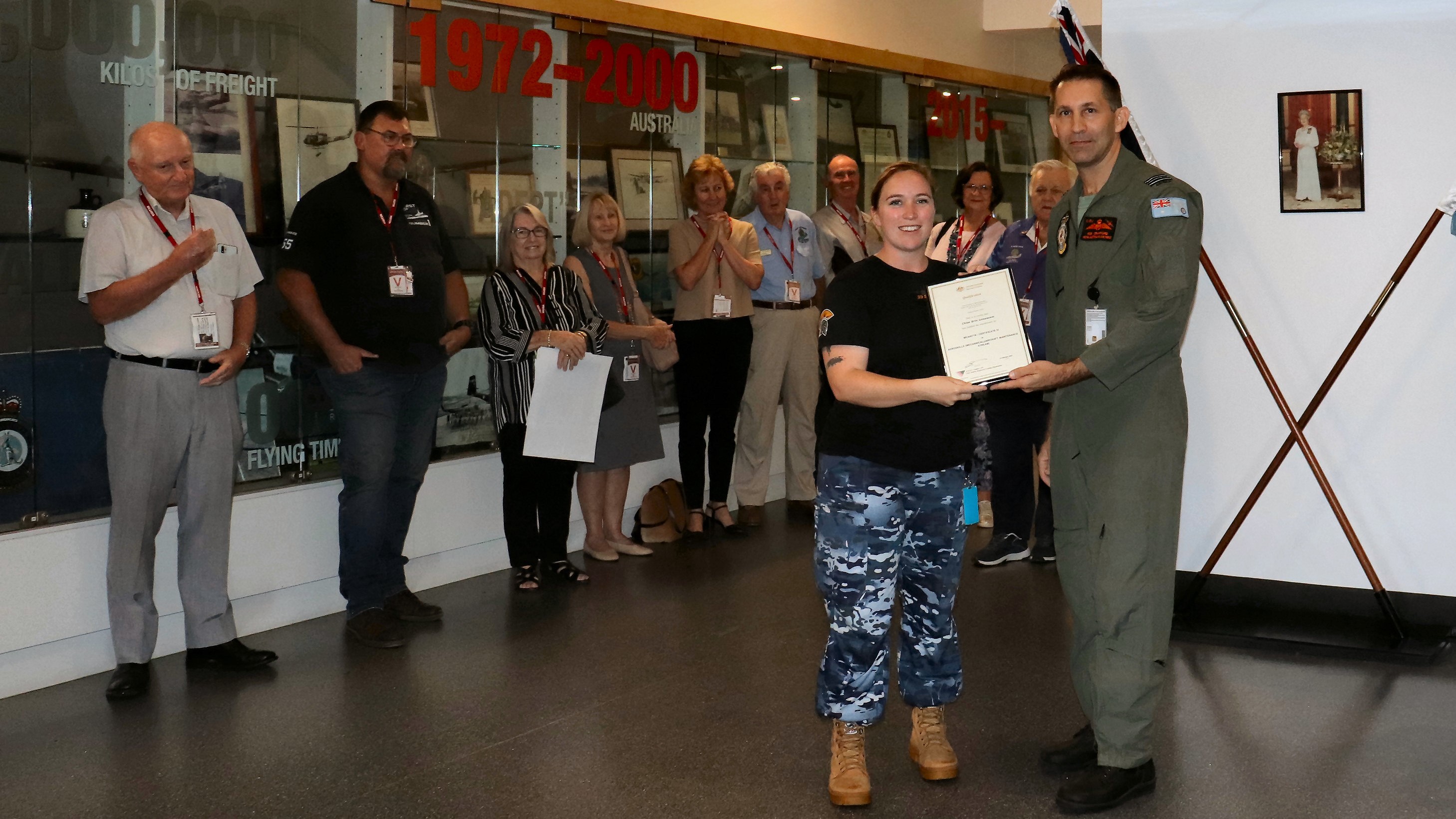
Thanks to Brodee Doubtfire for providing us some of these pics.
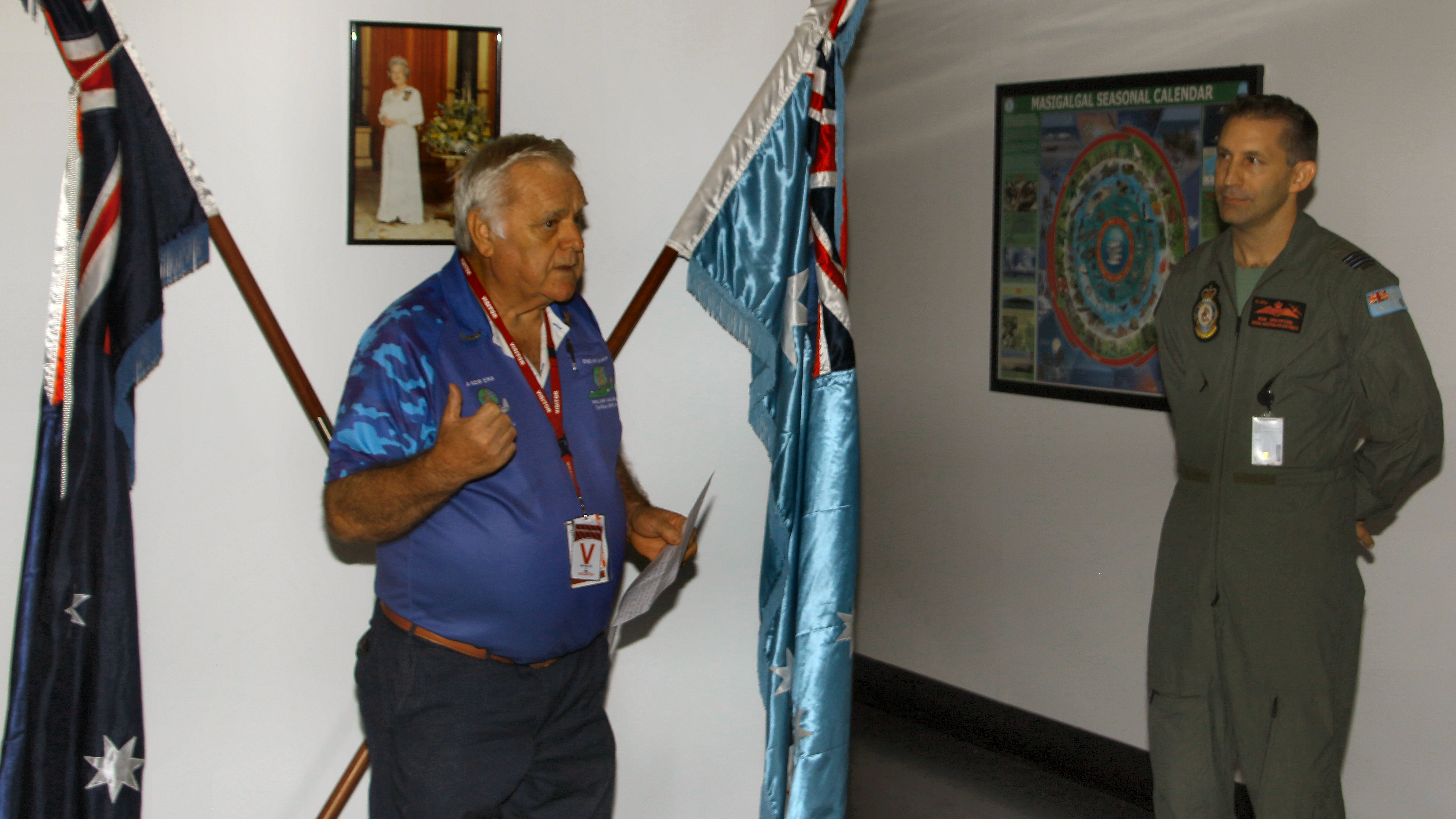
Rob was then kind enough to allow Sambo a few minutes to run a commercial promoting the RTFV-35Sqn Association and to invite the current Sqn people to join the Association at the Jade Buddha on Anzac Day.
After the award presentation ceremony was concluded, the Sqn WO Evan Cannard took the Association people under his wing and gave everyone a guided tour of the Sqn’s facilities and a look through one of its aircraft.
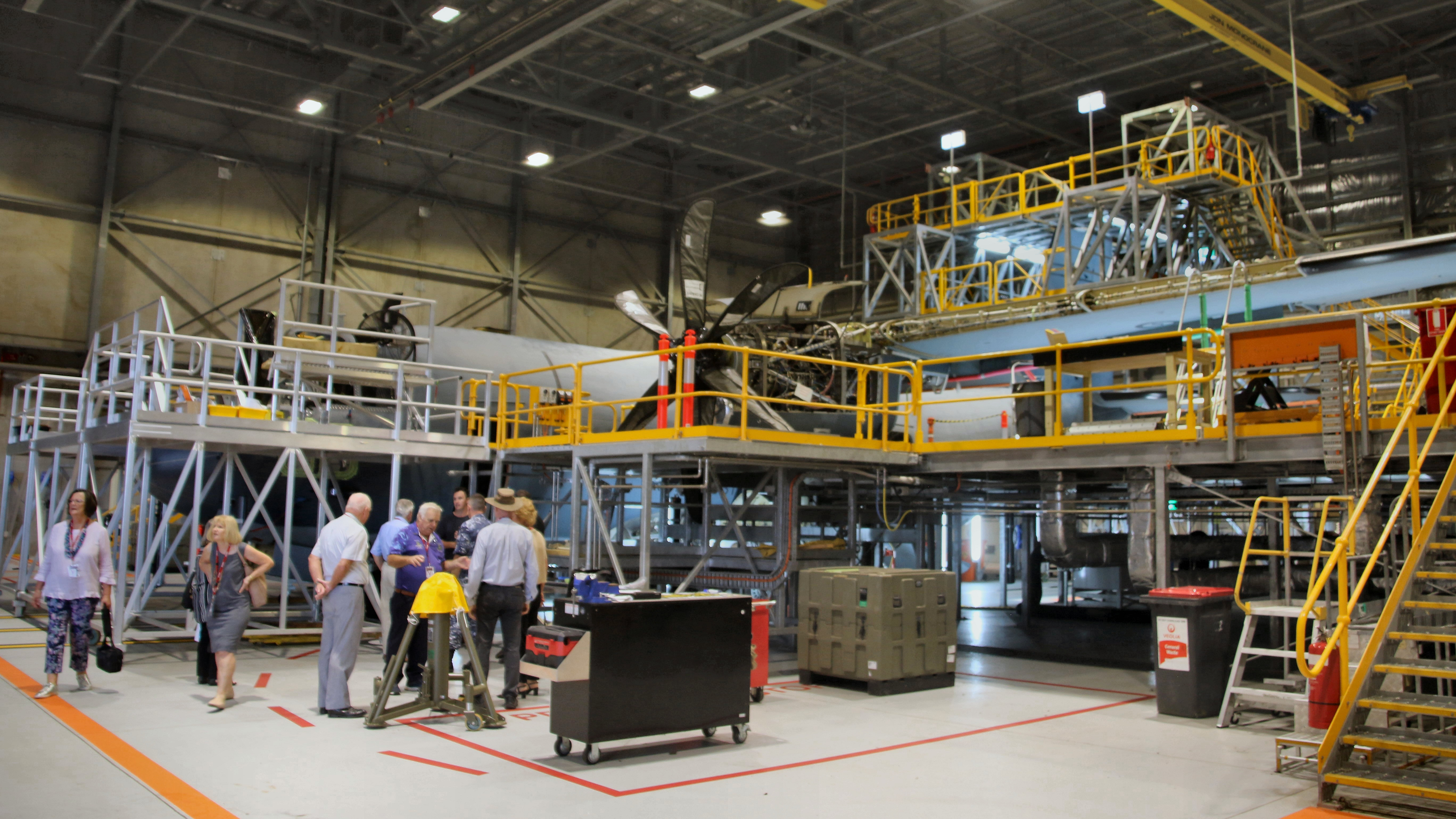
The impressive GSE inside the spacious hangars used to service the aircraft. It’s great to see that 35 Sqn does its own deep maintenance instead of sending its aircraft off to UltraTune or MyCar as other Sqns do. There really isn’t a lot of job satisfaction in just performing pre/after flights or being an aircraft refueller.
Over the years the Squadron has operated a number of aircraft – they include:
|
de Havilland Canada DHC-4 Caribou
|
(1942–1943); (1942–1943); (1942–1943); (1942–1943); (1942–1943); (1942–1943); (1942–1943); (1942–1943); (1943–1946); (1966–2000); (1977–1989) (2015–present)
|
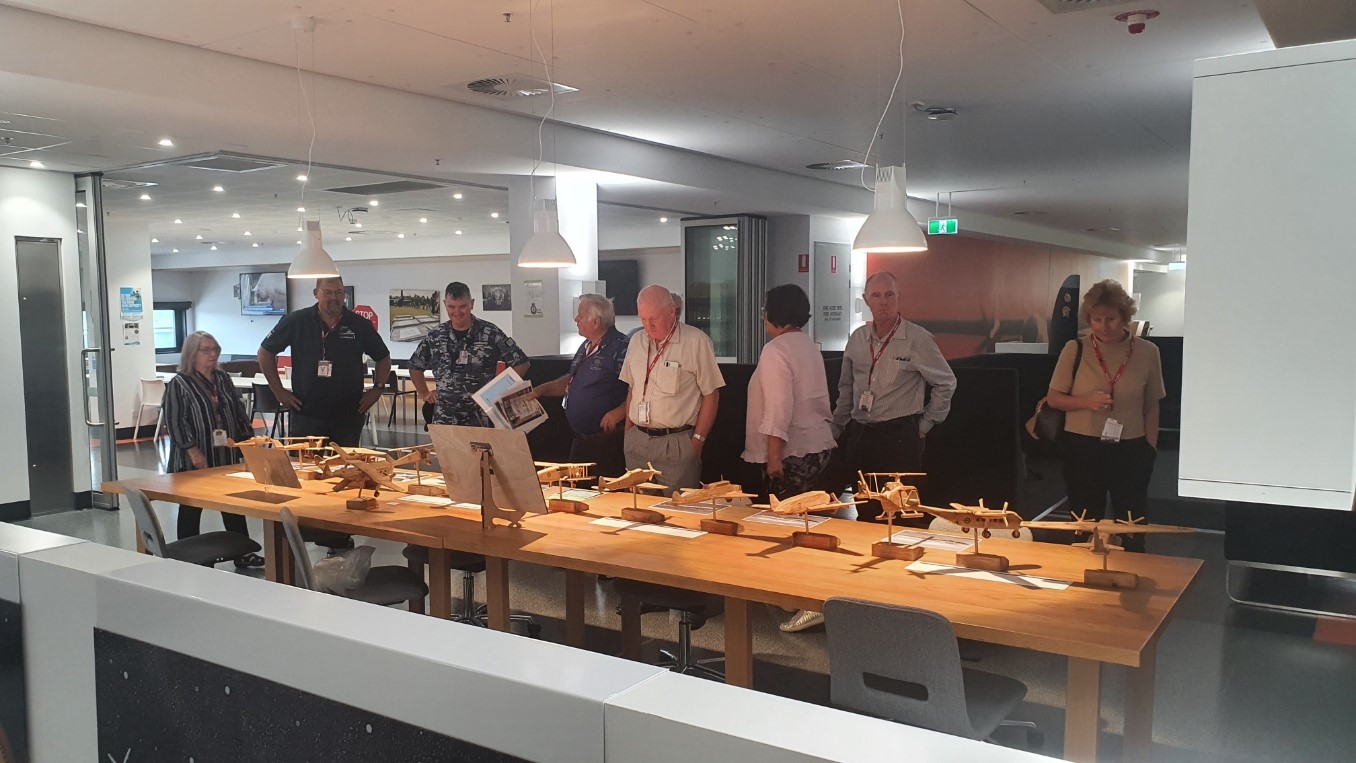
Some time ago John Sambrooks presented the Sqn with wooden models of all those aircraft which are on display in the Sqn’s building.
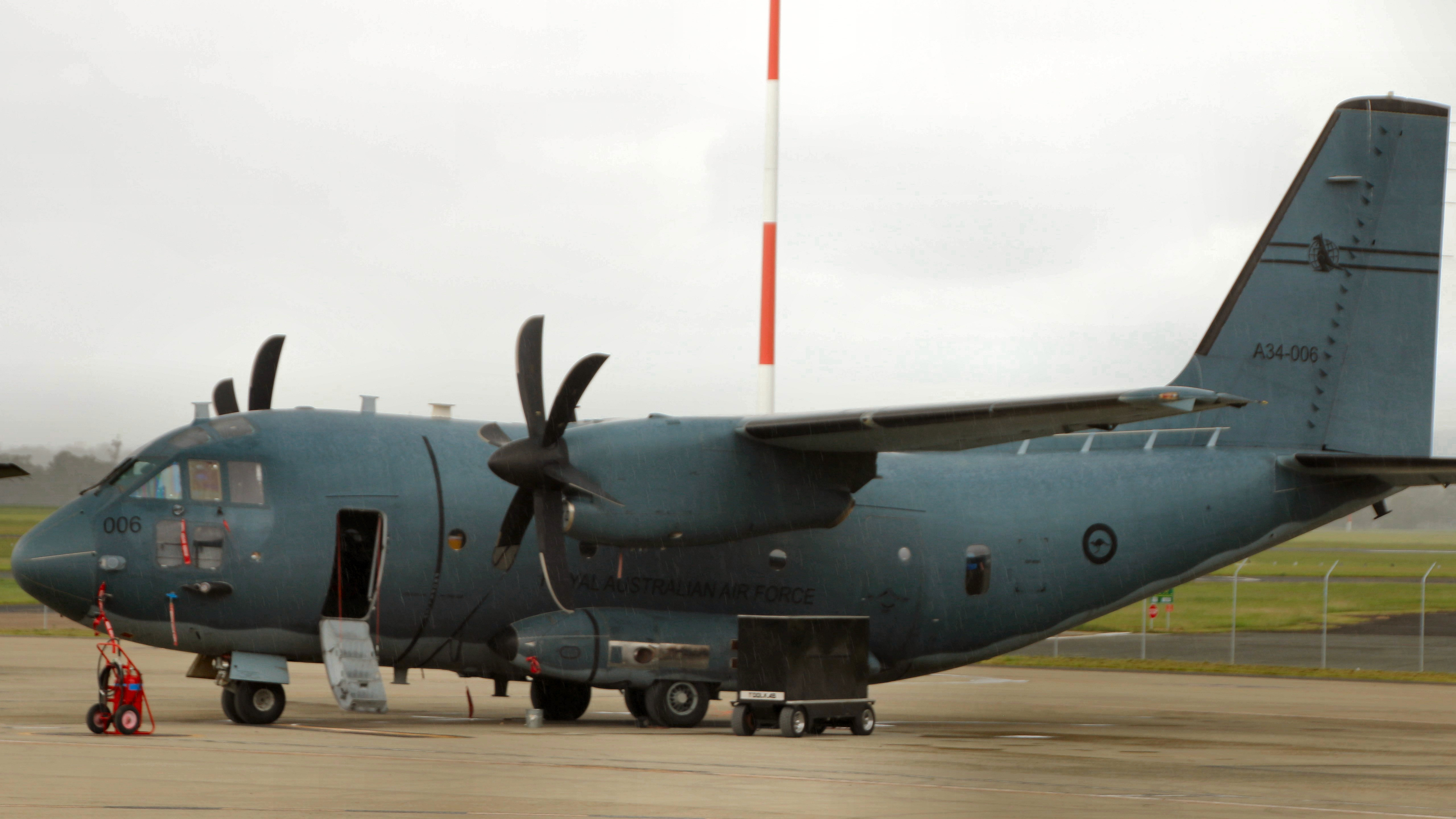
The C-27 Spartan – what we all came to see, as well as to enjoy a snag or two. We see they still have the fire bottle out in case there is a fire on engine start. We remember manning the bottle many years ago at Richmond in case there was an engine fire when starting the Caribou. All well and good, but no-one ever told us what to do if there ever was a fire. Suppose it looked good!!
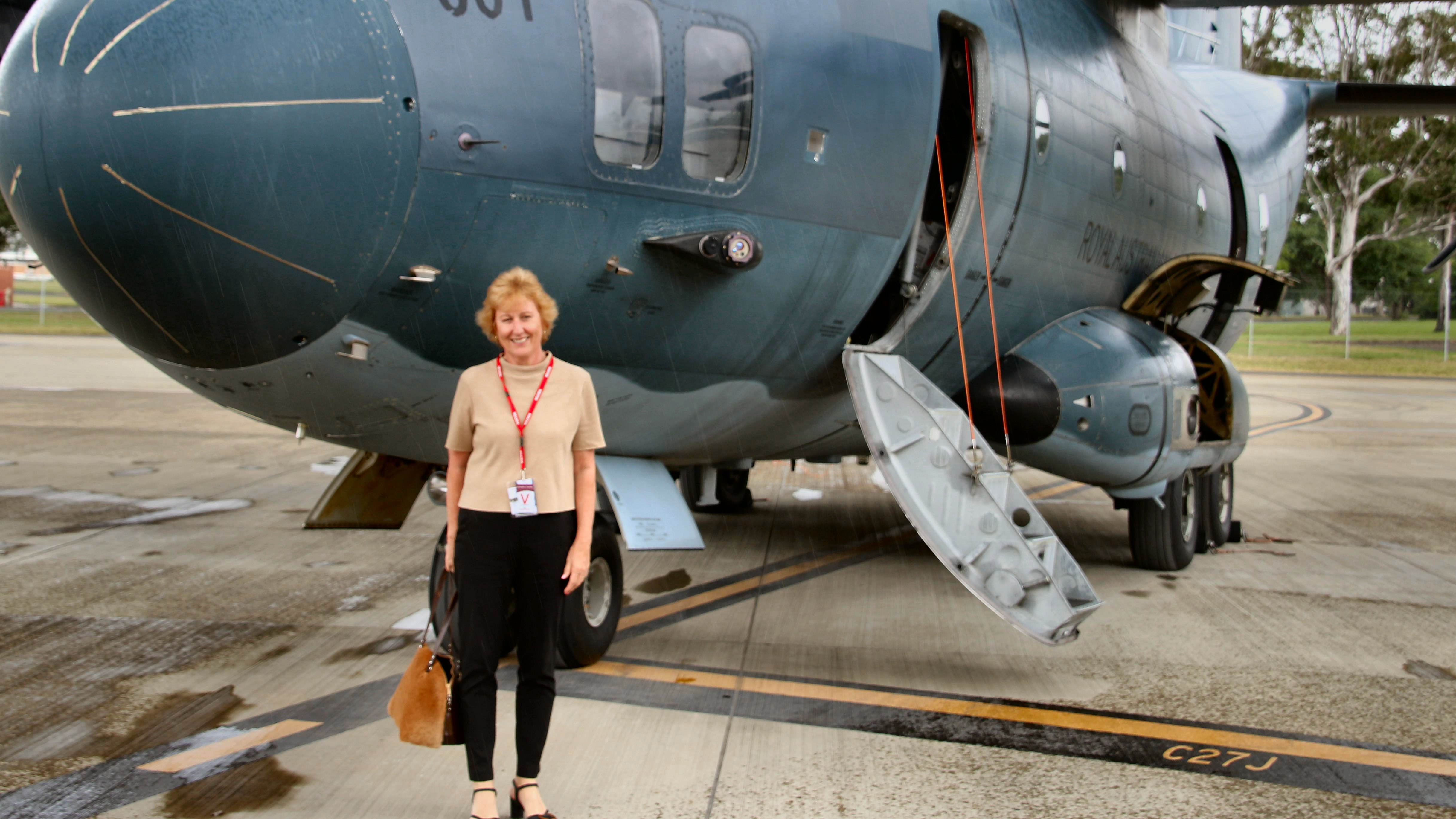
Laurel Shanley, the CO of KM Smith Funerals, one of the main sponsors of the RTFV-35 Sqn, getting up all close and personnel to one of the Spartans.
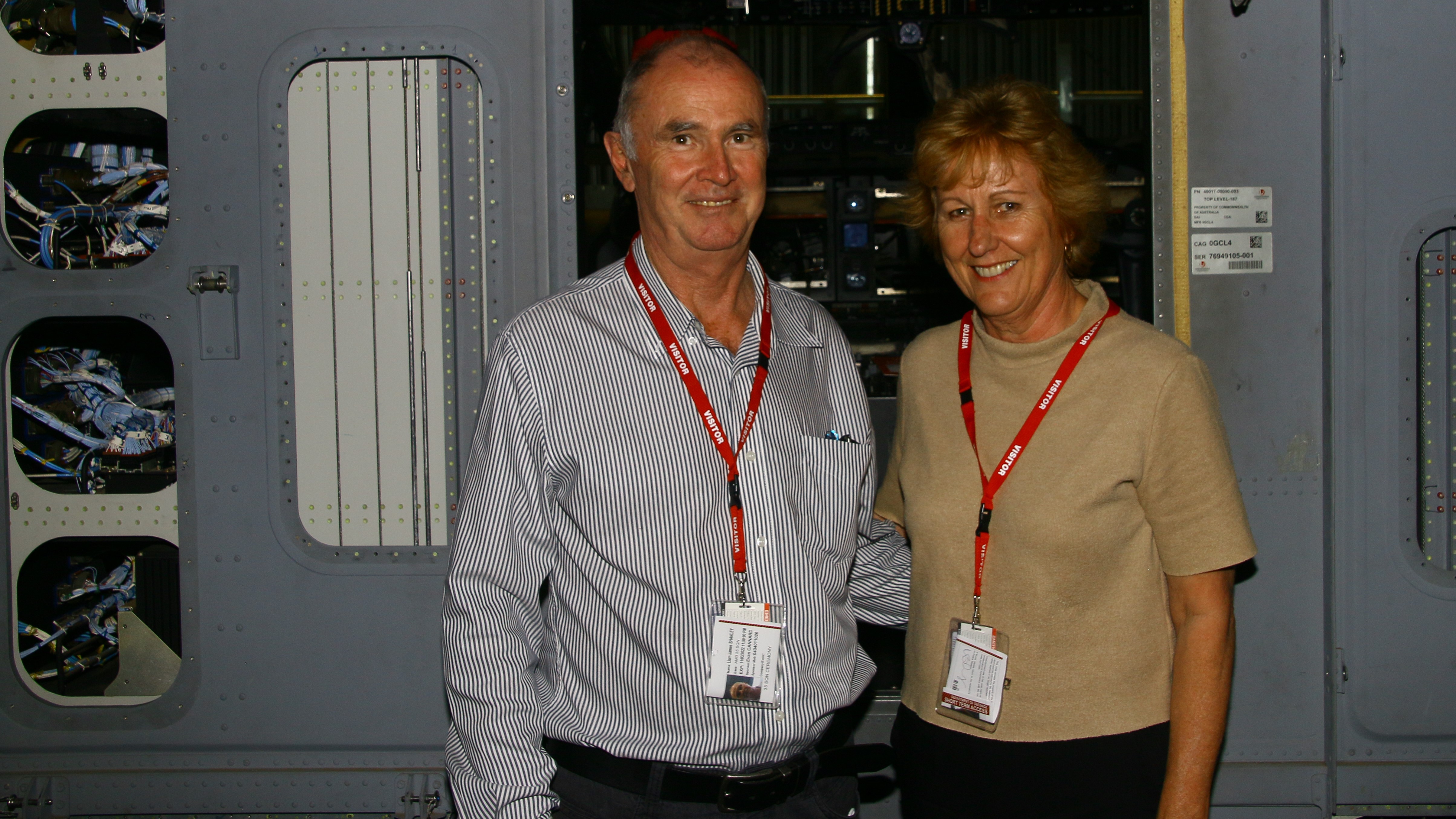
Liam and Laurel Shanley.
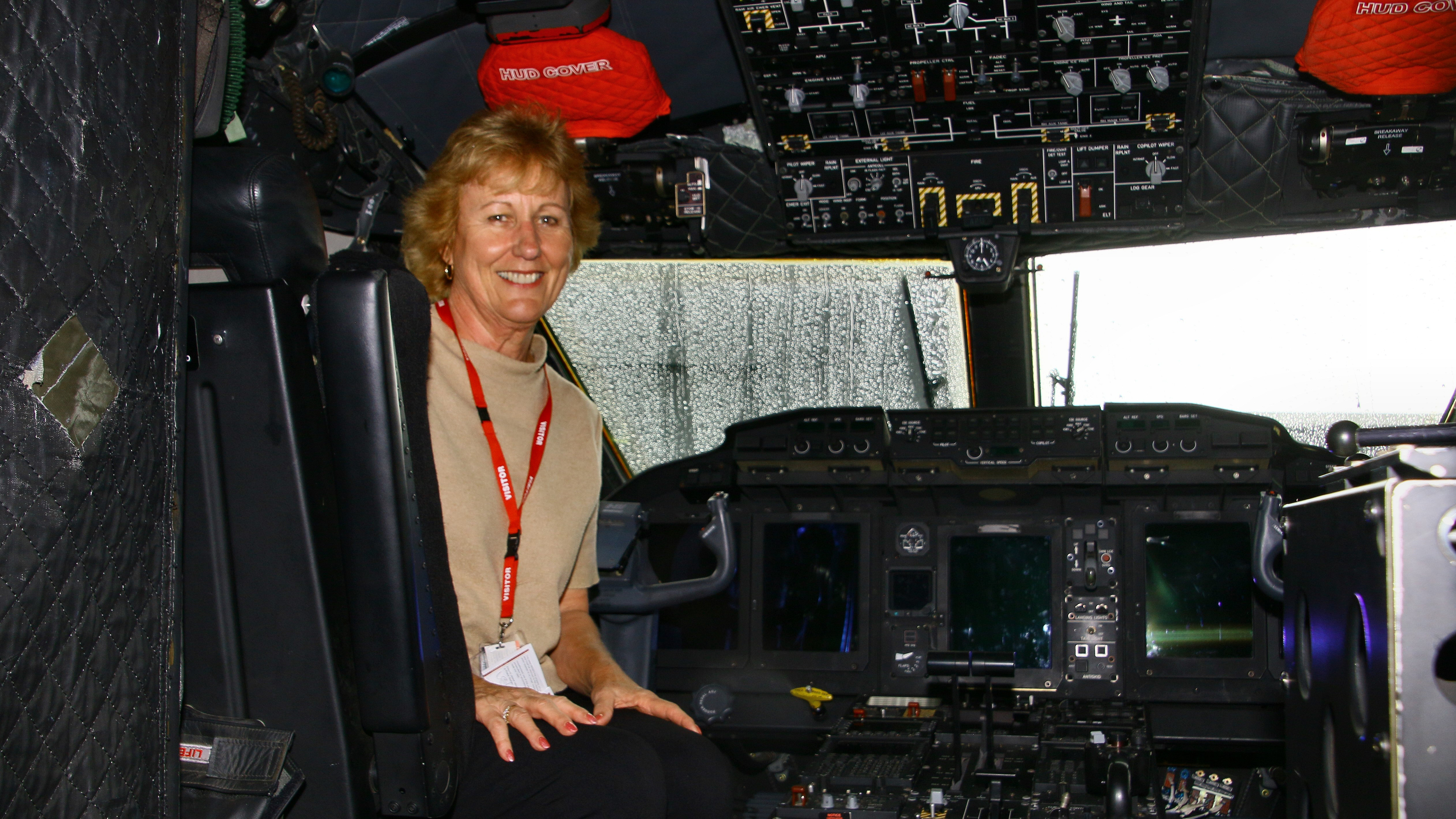
Laurel was looking for the keys but couldn’t find them so couldn’t start the aircraft.
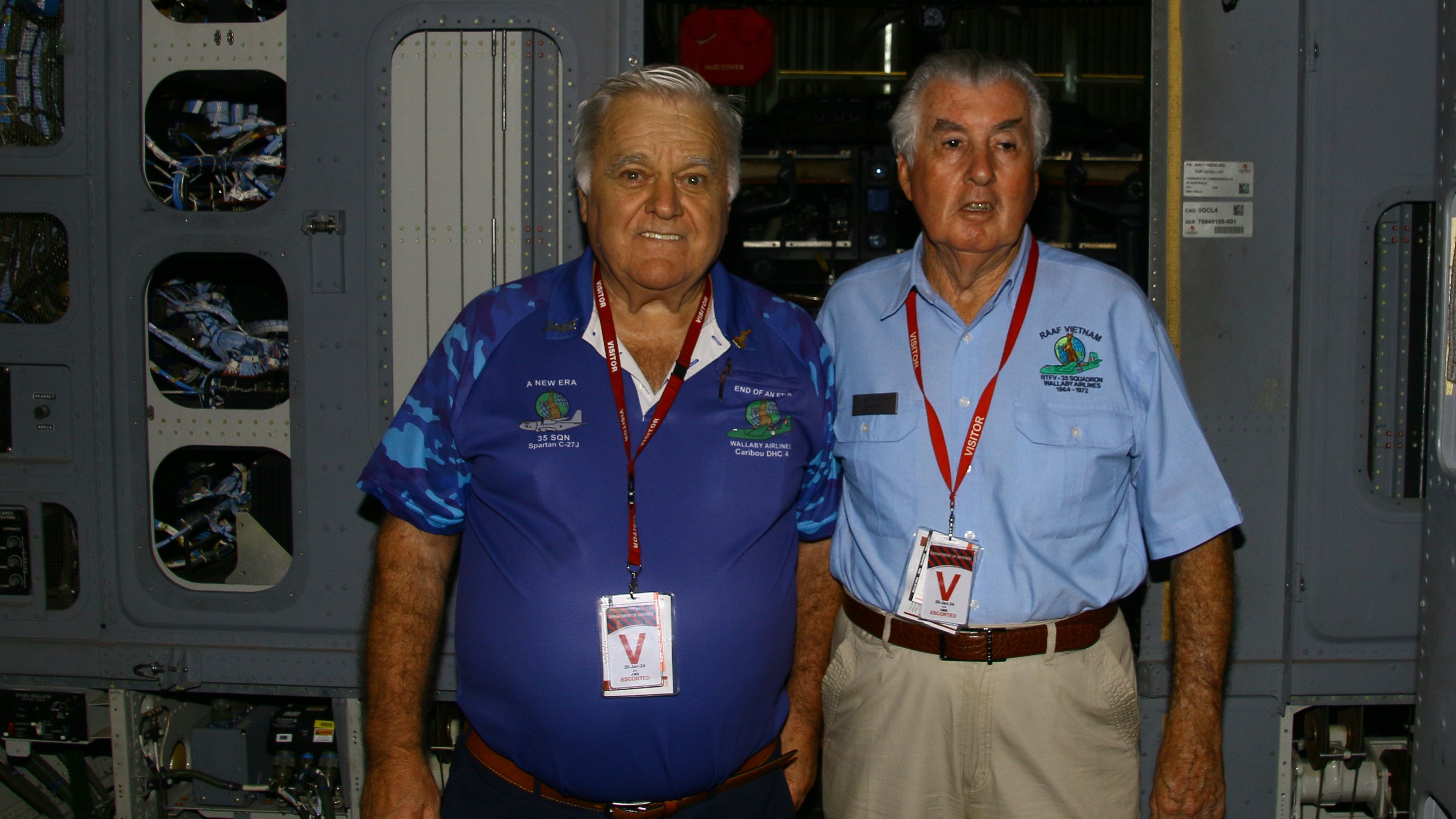
John “Sambo” Sambrooks and John McDougall.
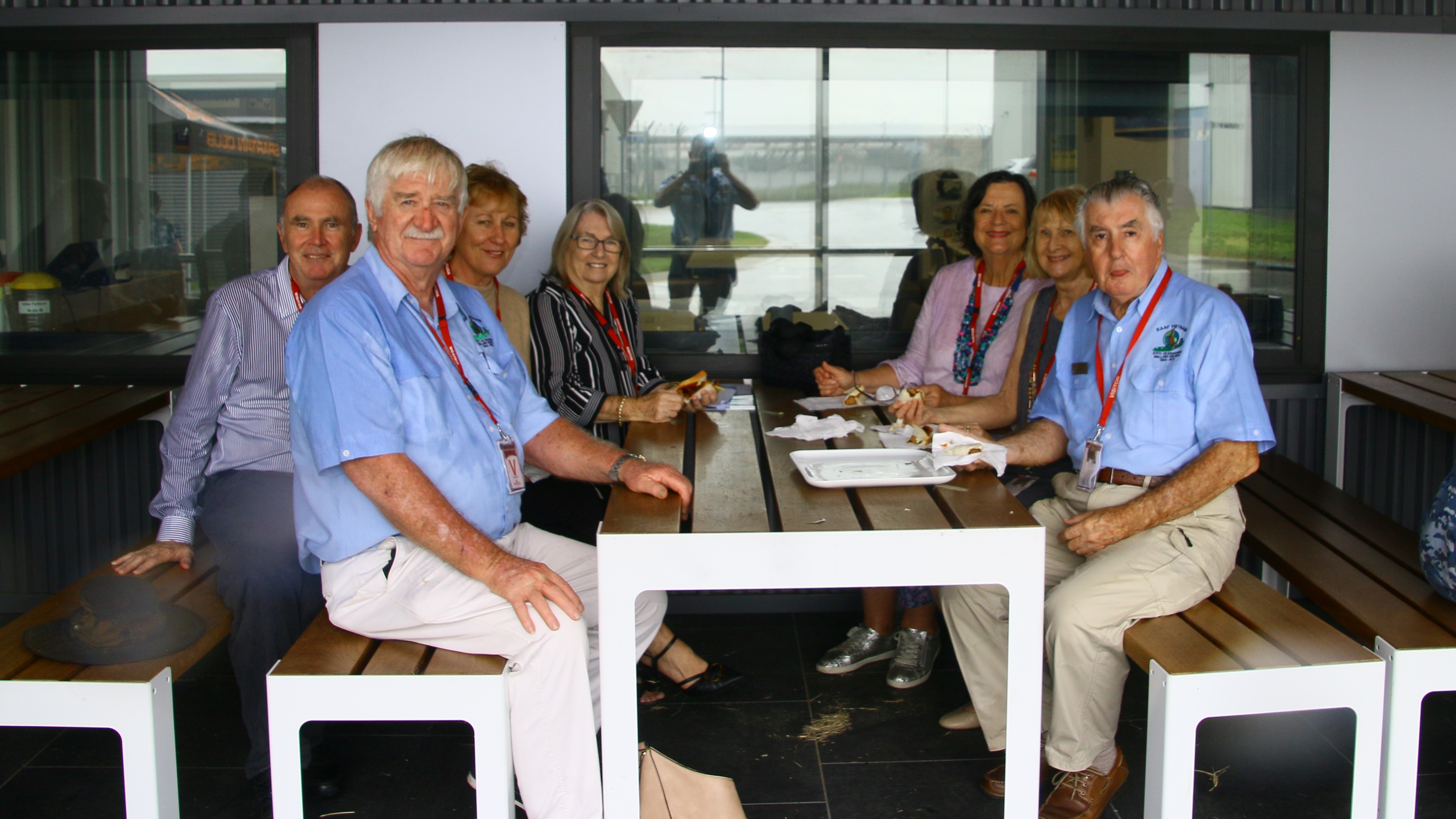
After been chased off the tarmac by the the heavy rain, it was time to head for the Sqn’s smoko room for a welcome snag or two.
L-R in the pic above are: Liam Shanley, Trev Benneworth, Laurel Shanley, Andria Butler, Sheryl Benneworth, Sue McDougall, John McDougall.
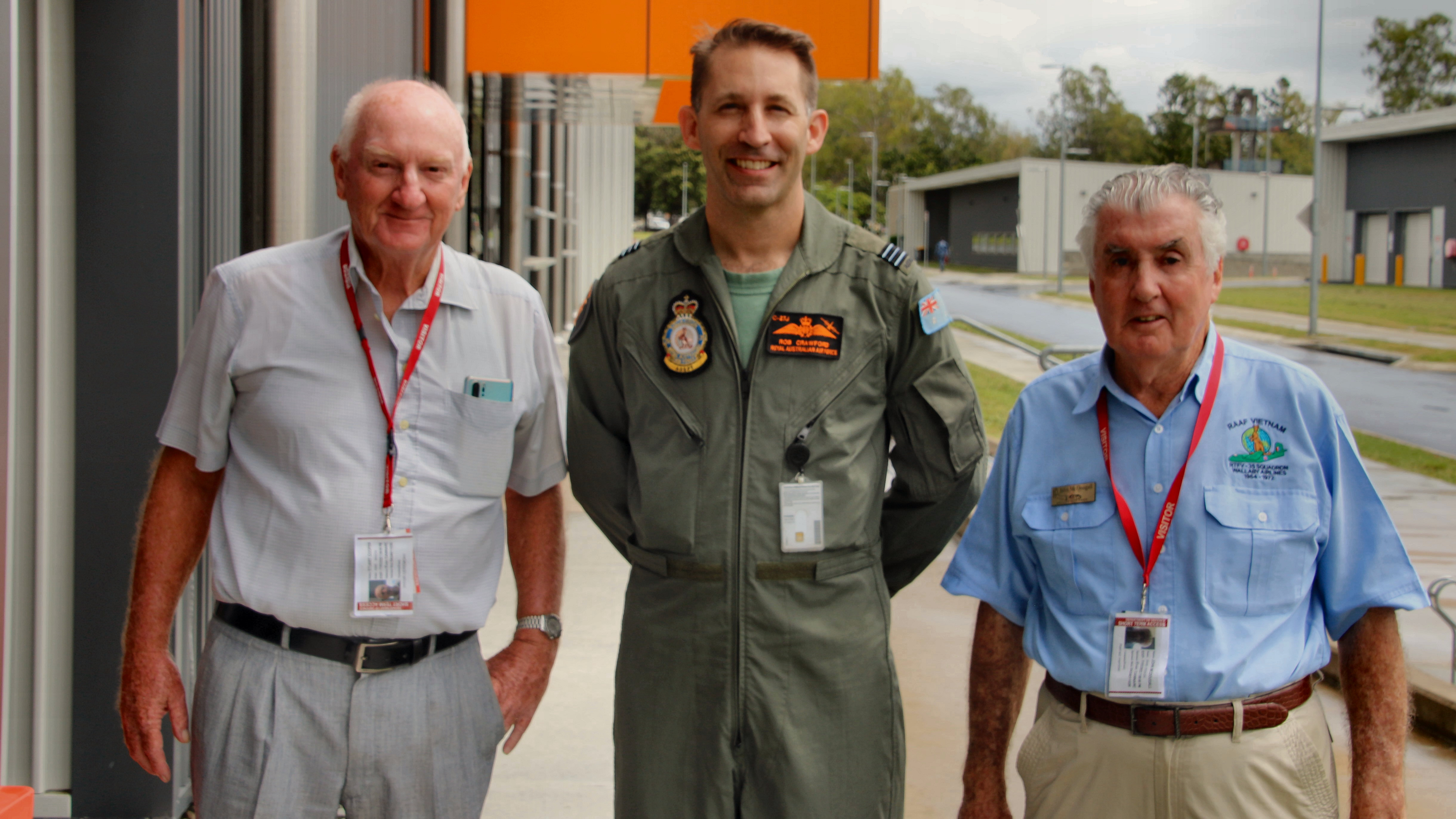
Stu Cooper, SqnLdr Rob Crawford, John McDougall.
All in all a very enjoyable day, big thanks to Rob Crawford and Evan Cannard for inviting us.
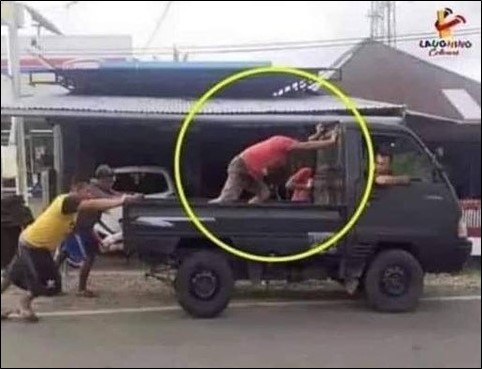
If ever you feel like your brain is inadequate, think of this bloke.